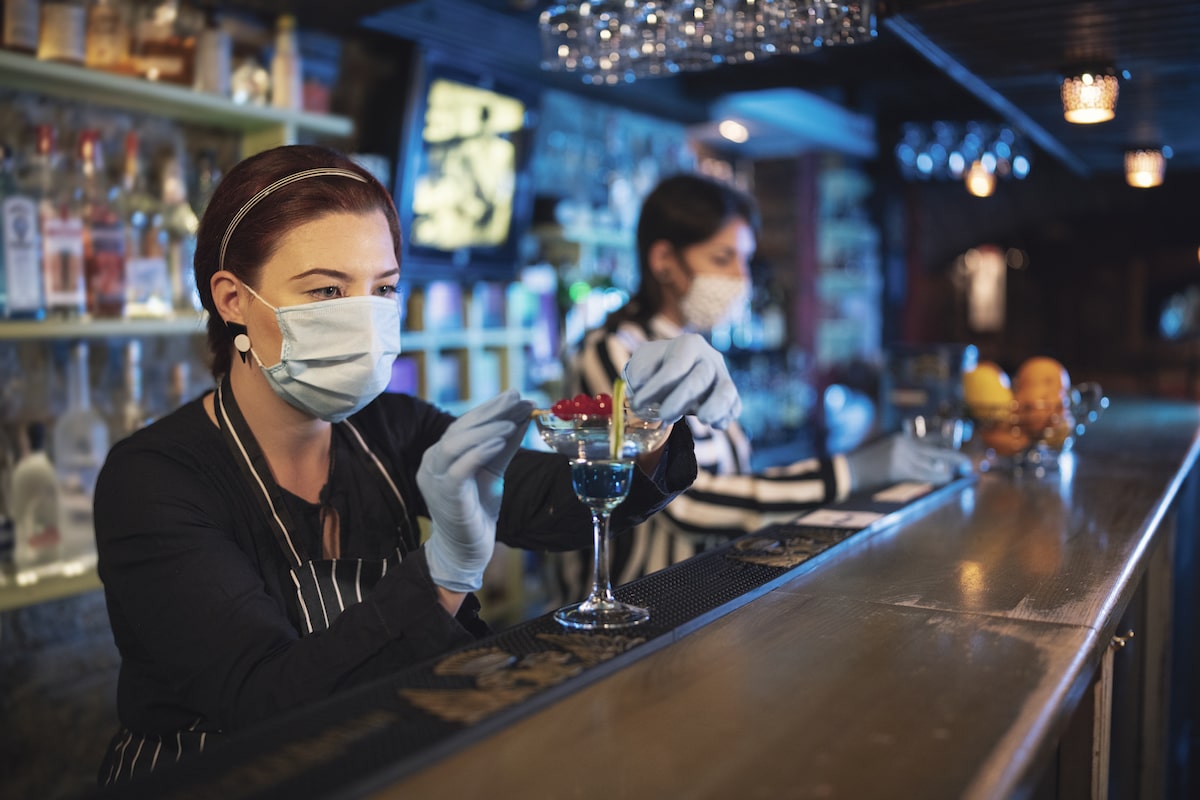<< Back
Study Ranks Restaurants Riskiest Public Indoor Space During COVID-19

November 11, 2020
The last thing we want to hear as the temperatures drop is how dangerous being indoors can be during a pandemic.
But that’s exactly the gist of a new study – a collaboration between scientists at Stanford and Northwestern universities, Microsoft Research and the Chan Zuckerberg Biohub – which dug into cellphone mobility data in 10 American cities to uncover evidence that eight out of 10 COVID-19 infections in the pandemic’s first wave could be traced to crowded indoor locations like restaurants, coffee shops and gyms.
The data was taken from March to May in such populous areas as Atlanta, Chicago, Los Angeles and Miami. It tracked hourly movements and factored in reductions in mobility due to lockdown restrictions and other changes. Schools and offices were not examined.
“COVID-19 is more readily transmitted in human-to-human contact in closed, crowded and poorly ventilated spaces,” said Dr. Faiqa Cheema, a Hartford Hospital infectious disease expert.
The study revealed restaurants were four times riskier locations than gyms and coffee shops. The second-riskiest location was hotels.
The news crested when public officials worldwide have started reinstituting curfews and other limits on access to restaurants and bars in the hopes of curbing human interaction and the flow of infection.
An investigation by Connecticut’s infectious disease specialists of 69 COVID-19 clusters in the state since August offers a similar picture. (Outbreaks at nursing homes and and high-education institutions are not included.)
The number in parentheses represents the median number of cases, followed by the number of clusters:
- Restaurant (5): 20.
- Workplace (4.5): 14.
- Home (7.5): 12.
- Place of worship (9): 6.
- Sports facility (4): 4.
- Child Care Facility (6.5): 4.
- Other (5): 3.
- Domestic travel (3): 3.
- Adult congregate living (6): 2.
- Indoor Recreation (2): 1
Besides pinpointing areas of risk, the collaborative research project underscored the disparities already observed in the way COVID-19 infection has spread more prolifically in the country’s poorer areas. Venues such as grocery stores in lower-income areas, the study suggests, were more crowded than those in other neighborhoods. In fact, the study indicated that grocery stores in lower income areas generally have an average of 60 percent more people per square foot at any one time than those in more affluent areas.
People in low-income areas are also less likely or able to shelter at home because they often work jobs that require them to be on-site instead of working remotely.
To analyze the mobility data, the research team mapped the movement of about 98 million people into and out of indoor public spaces, calculating the traffic to each venue, how long people stayed on average and the location’s size in square footage. By entering a background infection rate, the team was able to compute COVID-19 spread.
These calculations compared favorably with actual disease spread in each specific city, including showing spikes when public facilities such as restaurants were reopened or capacities expanded.